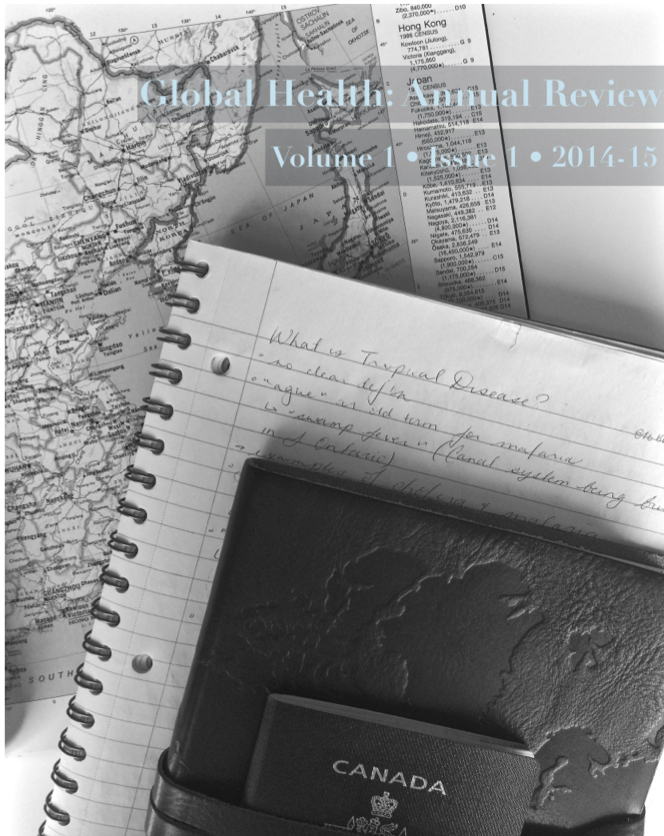The Burden of Tobacco-Related Illnesses in China
Résumé
Background: The world is now entering an epidemiological transition in which non- communciable diseases (NCDs) are replacing infectious diseases and malnutrition as the leading cause of disability and premature death (1). It is estimated that in the future, almost 70% of all deaths will be due to NCDs and 80% these deaths will occur in low and middle income countries (LMICs) where the majority of the human population lives (1). Thus, the global burden of NCDs represent a significant threat to human health, development, and the achievement and continued maintenance of numerous Millennium Development Goals (MDGs). Tackling the global burden of NCDs is a very complicated matter. However, it is estimated that more than half of the global burden of NCDs could be avoided through proper health promotion and prevention initiatives (1).
Methodology: This study was conducted as a targeted literature review of articles from: Google Scholar, PubMed, JStor, British Medical Journal, and numerous other databases, using the following key words: tobacco usage in China, burden of tobacco related illnesses in China, China national tobacco corporation, China’s ascension into the WTO, and etc.
Findings: The gradual liberalization of China's economy has allowed it to become one of the biggest economies in the world. For continued economic prosperity, it was imperative that China gain membership into World Trade Organization (WTO) so it would be able to actively influence global trade policies, and reduce the notion that it was a global threat. Numerous international industries supported China’s eventual ascension into the WTO, including Transnational Tobacco Corporations (TTCs), which would now have equal access to the 300 million plus Chinese smokers. The Chinese National Tobacco Corporation (CNTC) is a state-owned corporation which happens to be the largest tobacco company in the world. The CNTC generates 7-8% of the Government of China’s annual revenue and has been a crucial factor for the economic prosperity of China (2). However, the medical and labor costs associated with tobacco-related illnesses in China have already started to outweigh the revenue generated by the CNTC. Currently, NCDs account for 80% of all deaths and 70% of total disability-adjusted life years (DALYs) in China which can largely be attributed to the high prevalence of tobacco usage, and environmental tobacco smoke exposure (3).
Conclusions: The future burden of tobacco related diseases in China will continue to rise due to the influx of TTCs, and the continued maintenance of the CNTC to generate revenue for the Government of China. The combination of these factors will worsen China’s burden of tobacco related illnesses which could threaten China’s economic prosperity as the number of deaths associated with tobacco usage is expected to triple by the year 2050 (4).
Références
1. The World Bank. The Growing Danger of Non-Communicable Diseases: Acting Now to Reverse Course. 2011. Available from: http://siteresources.worldbank.org/HEALTHNUTRITIONANDPOPULATION/Resources/Peer-Reviewed-Publications/WBDeepeningCrisis.pdf
2. Tobacco Free Kids. The Chinese Tobacco Market and Industry Profile. 2012. Available from: http://global.tobaccofreekids.org/files/pdfs/en/TI_Profile_China.pdf
3. Tang S, Ehiri J, Long Q. China’s biggest, most neglected health challenge: Non-communicable diseases. Infect Dis Poverty. 2013; 2(1):7.
4. World Health Organization: China. Tobacco in China. 2015. Retrieved from: http://www.wpro.who.int/china/mediacentre/factsheets/tobacco/en/


